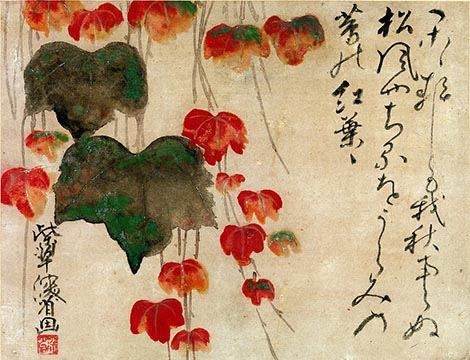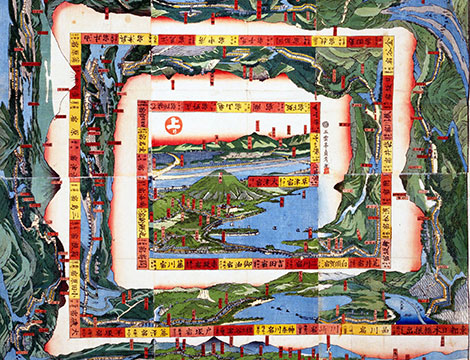
This article was originally published by the Harvard International Review (HIR) on 17 April 2017.
President Donald Trump has made no secret of his skepticism toward America’s most important security pacts and military commitments, sending shockwaves throughout East Asia in April when he suggested that Japan, among others, should pay more for American protection and arm themselves with nuclear weapons to deter North Korea. The Japanese government relies heavily upon its mutual defense treaty with the United States for its national security, as Article IX of the Japanese Constitution strictly limits the nation’s war-making capacity. Trump’s electoral victory in November thus has startling implications for the island nation, prompting some question as to whether Japan should start pursuing a more conventional military arrangement for its own self-defense. However, the prospect of a rapidly aging population and a dwindling labor force will serve as an obstacle to future military self-sufficiency.
The Imperative for an Expanded Military
Following Japan’s defeat in the Second World War, US-led occupation forces drafted a new constitution in which the nation relinquished its right to wage war. The United States subsequently signed a security treaty with Japan, permitting the United States to maintain permanent military bases on Japanese soil “to deter armed attack” against a pacified, and thus vulnerable, Japan. US authorities also encouraged Japan to maintain a limited self-defense force to guard against growing Communist elements in China and Korea. However, the Self-Defense Forces (SDF), now composed of roughly 247,000 active personnel, engage primarily in international peacekeeping and disaster relief.




